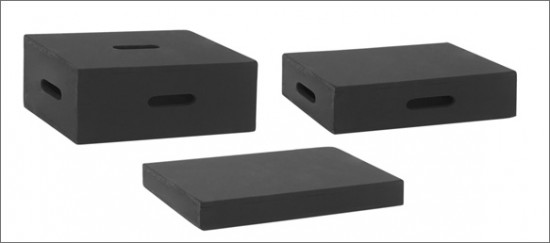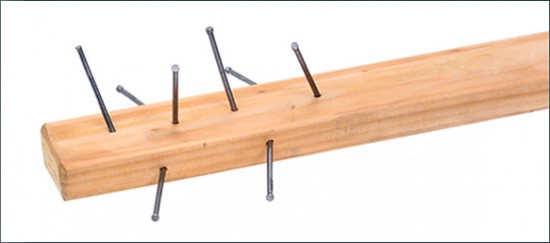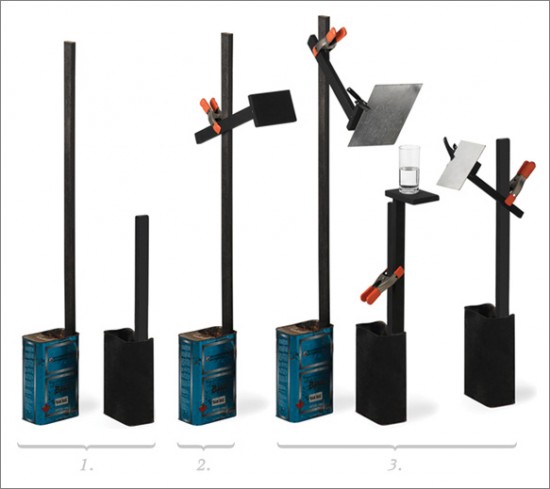Preparing Your Still Life Studio (Part 1/3)
The word “still”, as it is used in Photography, comes from a reduction of “still life”. To most, shooting stills is a very tedious practice with little appeal. But if you’re interested in learning several lighting techniques, from basic to sophisticated, the best option is to start shooting products. From a little diamond ring to huge settings, light is key. Only then comes the aesthetical sensibility and the photographer’s style. Of all fields within Photography, the most diverse and productive is Still Photography. New products are released daily; new cosmetics, new recipes, new drinks, new food, juices, water, clothes etc. The dynamics of the market forces clients to renew their products visuals and packages in order to stand out. There will always be a lot of work.
Other Advantages
For those starting a career, shooting stills has yet greater advantages. There’s no pressure from a large production crew, but ease and tranquility. The photographer has full control and time to study, prepare and compose his subjects and his light — one doesn’t take a picture; one makes a picture.
The Still Studio
Differently from a fashion studio, where the photographer has in principle only light and camera devices, the still photographer, given the great variety of situations he faces each day, relies on many tools and gadgets. I usually say that there are at least one thousand ways of setting up a studio. Each photographer has his peculiarities and idiosyncrasies. I would even go far as betting that there are no identical studios in this business.
Light
A people specialist, in his studio, will prefer to use flash light, which freezes the natural movement. A still photographer, though, may and should use tungsten light i.e. continuous light, in order to have more control of the lighting nuances over his subjects. When one uses a flash light one can’t know in advance how the picture is going to look like, since one sees it with one light (a modeling light) and shoots with another (the flash light itself). The greatest advantage in using tungsten is that what you see is what you get.
Gadgets
What I’ll show today are cheap and straightforward solutions for the ones who can’t invest much and have a practical spirit. Some gadgets ideas I took from others and some I developed myself in my adventures through the world of Photography.
1. Apple-box, pancake-box and half-pancake-box – These have a lot of use in the studio. To me, they’re essential, and they can be piled up in several different configurations etc.

2. Pot Stands – also called… poor photographer’s tripods. They’re very practical and functional, taking less than the space a mounted tripod would take and are also very stable. They’re built from 2×2′s, a gallon can and concrete. In order to build one, before sticking the batten in the can, one should use nails to prevent its sliding after it stiffens — refer to the image below. One very important hint is that before using the can, its bottom should be hammered in, so it won’t bulge once the concrete hardens on its own weight.

Below, in (1) we see pot-stands. In (2), a pot-stand with what I call a “corner” attached to it with a clamp. This contraption allows for a great variety of settings and, as the pot-stand is heavy, stability is guaranteed. Finally, in (3), pot-stands used to support the subject and reflectors posistioning — one white, one silver.

3. Fixed corners – these gadgets in (1) work as pot-stands arms, so to speak. By joining the two with the help of a clamp we have a tool of great value to the studio. It’s versatile, safe, takes very little space and is very cheap, only limited in its function by the photographer’s creativity.

4. Minibooms – 1. (a) metal base, (b) flat iron rod, (c) pivot with wooden peg, (d) wood extension. 2. Set up boom. 3. Boom with a white bounce card facing upwards. 4. Boom with a silver card turned downwards. 5. Boom with varied extensions. 6. Pivot detail.


